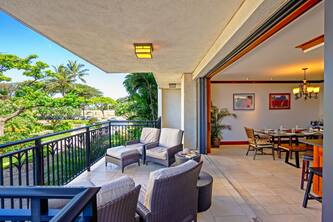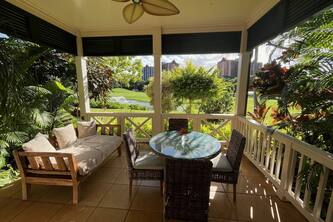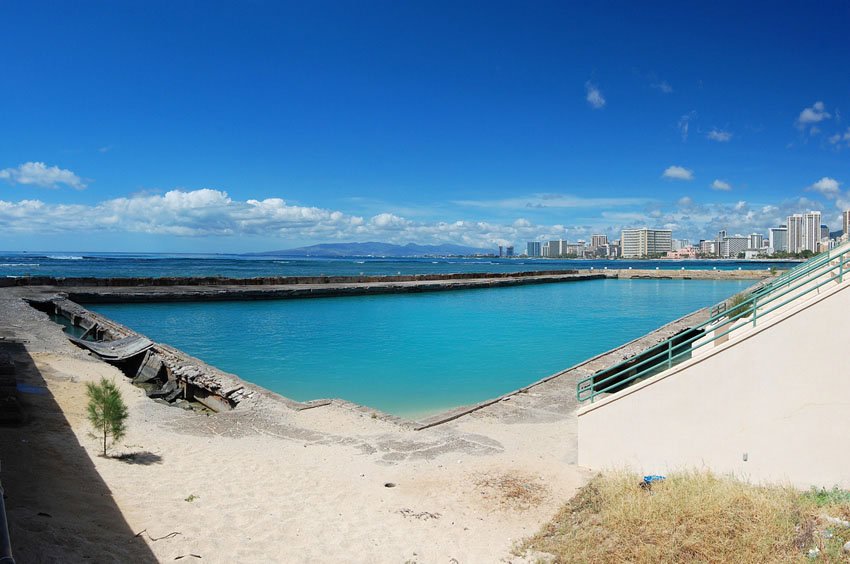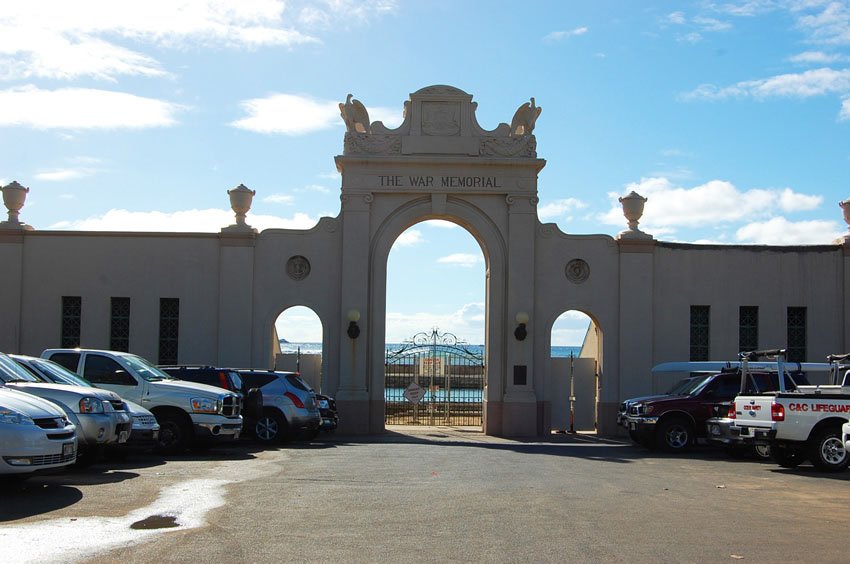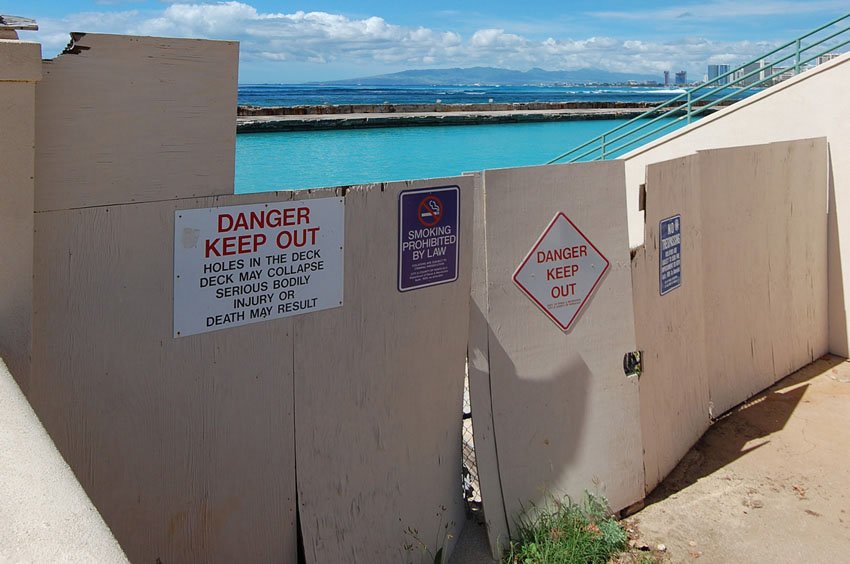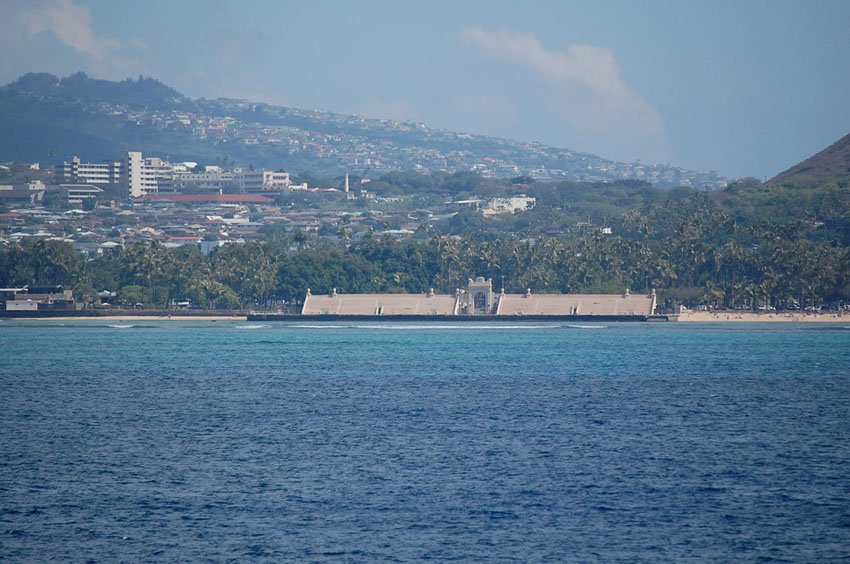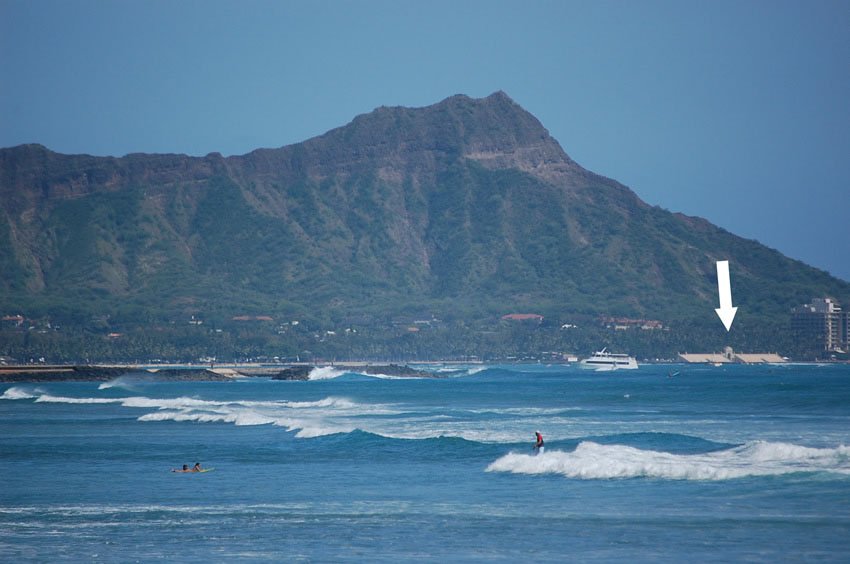War Memorial Natatorium
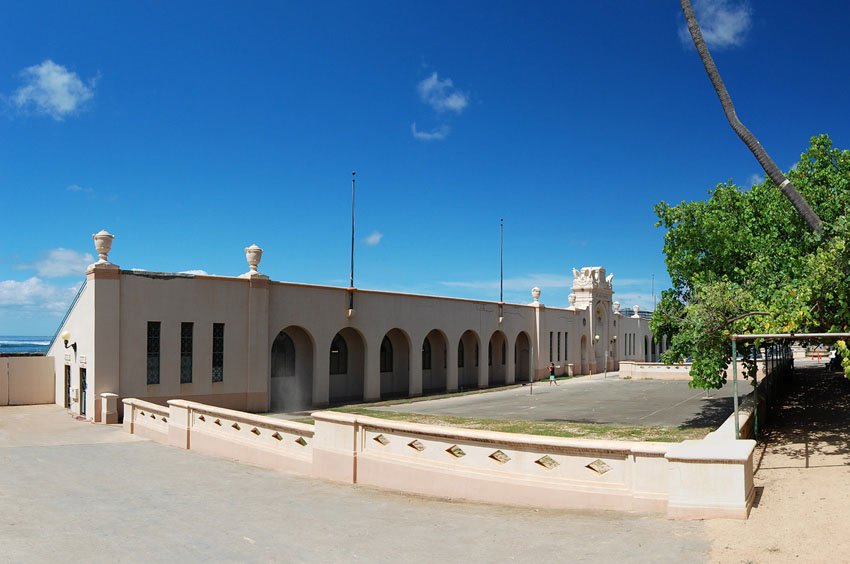
War Memorial Natatorium is a historic oceanfront monument in Waikiki, built in 1927 to honor Hawaii's World War I soldiers. With its striking beaux arts architecture and iconic arch, the memorial once featured a saltwater Olympic-sized pool used by legendary swimmers. Today, the site stands as a solemn and scenic reminder of Hawaii's wartime legacy.
War Memorial Natatorium, Oahu
Located across from Kapiolani Park, next to Kaimana Beach on the island of Oahu, the War Memorial Natatorium (view panorama) × was completed in 1927 as a memorial to the 102 soldiers from Hawaii who were killed in World War I. Built in Hawaiian beaux arts architecture, the memorial's centerpiece is the 20-foot tall entrance arch featuring four stone eagles.
City planners decided during the late 1920s that they wanted a “living memorial” and that an Olympic-sized swimming pool would be fitting. During that time, all of Hawaii's competitive swimming events took place in the open waters of Honolulu Harbor. So an enclosed pool was considered to be a worthy public facility. Inside the memorial, a 100 meter by 40 meter saltwater swimming pool was built that was used as a recreational gathering spot by local residents as well as a training pool by Olympian swimmers Duke Kahanamoku, Buster Crabbe and Johnny Weissmuller.
In 1979, the natatorium was closed for safety reasons. In the years after, the site was neglected until in 2000, its exterior façade was renovated. The archway of the natatorium can be viewed, but the inside area where the pool is located remains closed.
Key Features of War Memorial Natatorium
- Historic World War I memorial (view panorama) × : Commemorates 102 soldiers from Hawaii who died during the Great War.
- Beaux arts architecture: Notable 20-foot tall archway with stone eagles and restored facade.
- Olympic-size saltwater pool: Once used by Olympians like Duke Kahanamoku; now closed to the public.
- Scenic oceanfront location: Situated across from Kapiolani Park and adjacent to Kaimana Beach.
- Cultural landmark: A rare example of a “living memorial” with strong ties to Hawaii's athletic and military history.


As the initial intent of this structure was to actively celebrate the lives of those lost in WW1 with this outdoor swimming area, it is saddening to note the no government or military body thinks it important to restore this wonderful memorial and swimming facility for future generations.

Frequently Asked Questions
What is the War Memorial Natatorium?
It's a World War I memorial built in 1927 in honor of 102 fallen soldiers from Hawaii. It includes a prominent arch and once housed a saltwater Olympic-size pool.
Can you swim in the natatorium pool?
No. The pool has been closed to the public since 1979 for safety reasons. Only the arch and outer structure are viewable today.
Where is it located?
The memorial is in Waikiki on Kalakaua Avenue, directly across from Kapiolani Park and next to Kaimana Beach.
What makes it architecturally special?
It was built in Hawaiian beaux arts style and is one of the few remaining examples of its kind in Hawaii, featuring a monumental entry arch with four eagle sculptures.









